Why our Tin Currency of Perak, Kedah, Pahang, Johore, Malacca were found with the religious and cultural influences of Indian Hinduism & Buddhism, Middle East’s Arabic & Islamic influences and China cultural characteristics ? Possibilities may be as follow:-
In the 5th century to the Islamization of Arabic, Arab & Persian traders were living in some of the major southern ports of China, especially in Guanchow. There is a high possibility that they stopped over in Malay Archipelago for fresh water and other necessities required on their sea journeys.
B) Only when the rise of Islam in the 8th & 9th century, the Arab lands became the hub of An united, wealthy and powerful empire, and thus, an important commercial trading Center for the local products of India, China and Southeast Asia. Also, in the early stage 9th century, Arab and other Muslim merchants had begun to dominate the Southeast Asian trading zone.
Along the Malacca Straits, Arab merchants’ colonies were established at Kalah ( Kedah)
Zahaj (Srivijaya), Palembang and Lanuri, northern Sumatra. These important settlements facilitated the expansion of Islam during the 13th century when Muslim missionaries, mainly Sufis from West Asia, traveled to these ports to reinforce Islam among the traders.
C-2) Kedah as the focus of Indian commerce…? Some documentary and archaeological
Evidence points to Kedah as the pivot of Indian commercial interests in Malaya, even Without much solid evidence to prove it, but, it is likely many Indian merchants did visit The Kedah during the late prehistoric items Brahmans caste is one of the subject always Mention.
D) The China influence found in 5th century…? The most important documentary evidence Of the Kingdom of “ Chi Tu” is contained in the “ Chi Tu Guo Ji” , the account written
By the Sui Dynasty envoys after a visit to the kingdom in 607-610AD….”Chi Tu” means “red earth land” or “ Tanah Merah “ in Malay, in fact, is a popular place in peninsular of Malaya, one in Kelantan tiver valley, which gives credence to the theory that the Kingdom was situated in inland Kelantan, however Tanah Merah also occurs in Negeri Sembilan and Kedah……!
E) In 607 AD, China under Sui Dynasty, new envoys sent to establish relations with foreign Countries, they passed Langkasuka (Patani, Thailand) and reached “Chi Tu” (Kelantan, Tanah Merah)…the most important Chinese description of protohistoric
Malaysia was written by the Buddhist monk, Yi-qing, who sailed from China to Srivijaya in 671 AD. He stayed there for 6 months studying Sankrit grammer, before saling on to Melayu, in southern Sumatra, then to Kedah….! Yi-qing clearly stated that his voyages were all undertaken in ships belonging to Malay kings, underlining the active role of Malay in the commerce of this period.
F) As early relations were dictated by Chinese laws against unauthorized contact between Chinese and foreigners, from Han Dynasty to Song Dynasty (960-1126 AD), no Chinese could leave China without official permission, not could foreigners travel freely wit the China, only religious and diplomatic contact were permitted.
G) Only in 878 AD, an significant event involving foreign merchants took place in Canton,The rebel leader Huang Chao sacked Canton, and massacred thousands of foreign merchants….Muslim traders left China and flocked to a Peninsular Malaya port known to Arabs as Kalah, probably Kedah of today, or perhaps Takupa (southern Thailand), Pulau Tioman and Johore also well known to Arabs at that time.
Subscribe to:
Post Comments (Atom)
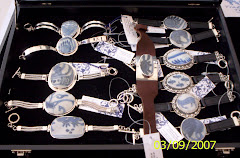


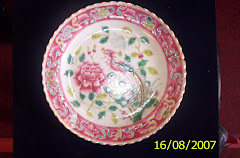


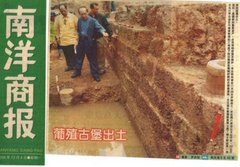
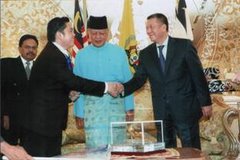


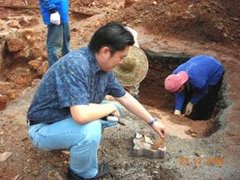
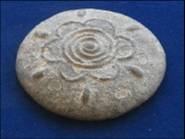


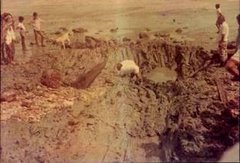


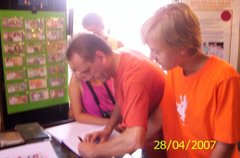
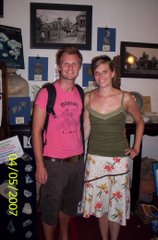

No comments:
Post a Comment